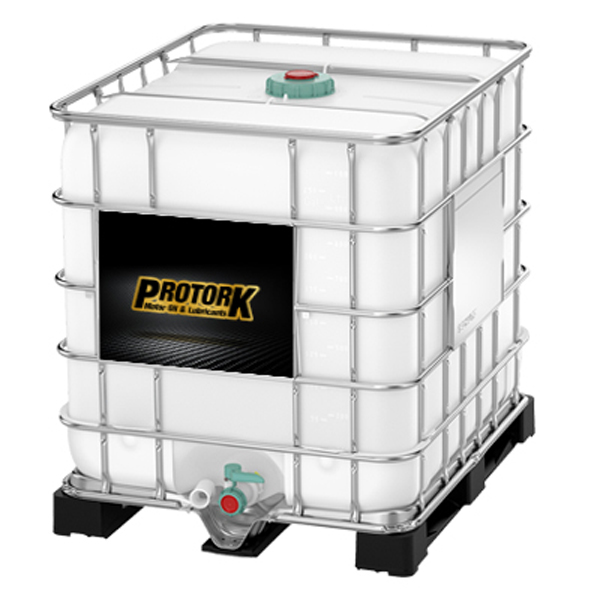


That being said, this conveyor is limited to shipping dock doors only. Due to the fact that this conveyor works from the concept of waterfall transitions, the drive-out conveyor is only used to convey product into the nose of the trailer. The drive-out conveyor has one purpose, fluid loading.

She isn’t a daily driver, she has one job, and she does it in style. You take her out for a Sunday drive and retire her to her spacious abode until next week. You have a six car garage and this baby sits in the middle with no other cars in sight. The Drive-Out Conveyorįigure 2: FMH BeastReach Rigid Drive-Out SeriesĬontinuing the automobile analogy, the drive-out conveyor is a classic muscle car. Without this attention, the flexible conveyor can turn into an unreliable, squeaky, rickety machine. However, there are many o-rings, casters, fasteners, and hinge points that require diligent attention by maintenance personnel. In like manner, the flexible conveyor is an inexpensive conveyor that reliably conveys product to or from the trailer. She drank a quart of oil every two weeks, and the door hinge needed a shot of WD-40 from time to time. It was inexpensive and it transported you from point A to point B safely. The flexible conveyor shares many of the same traits as the car you drove as a teenager. The laborious task of manually stacking or unstacking floor loaded product from a commercial tractor trailer is known as fluid loading/unloading in the material handling industry.īelow are three types of specialty conveyors that greatly improve efficiency, ergonomics, and worker safety when handling this task. Loading and unloading a moving truck by hand is a task that we despise in our personal lives and yet a very similar task is performed everyday across the world by thousands of businesses and tens of thousands of people. Fluid Loading and Unloading: It’s Really Cut and Dryĭamir Kantardzic | 28 September 2016 Here are three conveyor options to improve your fluid loading process, from simple to automated.


 0 kommentar(er)
0 kommentar(er)
